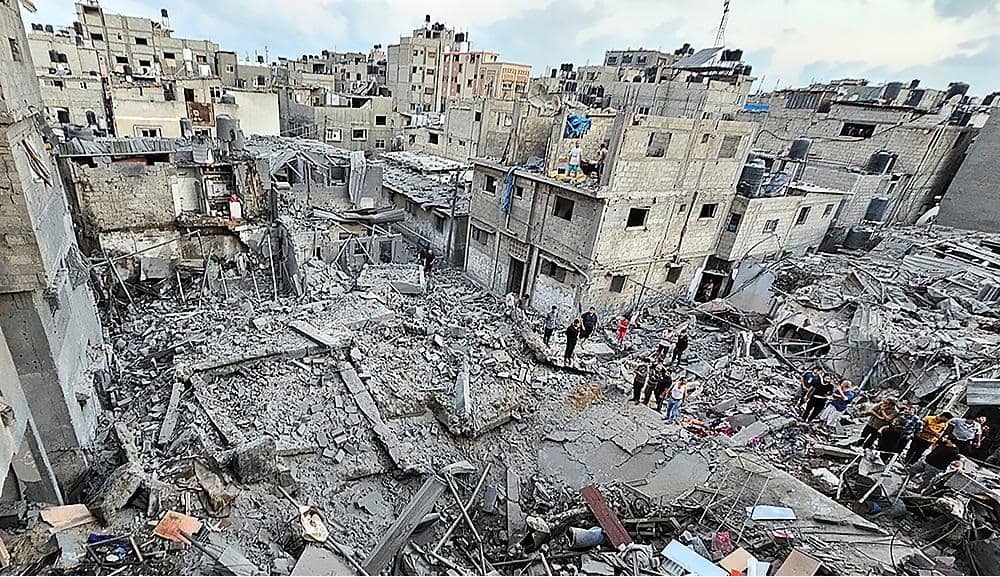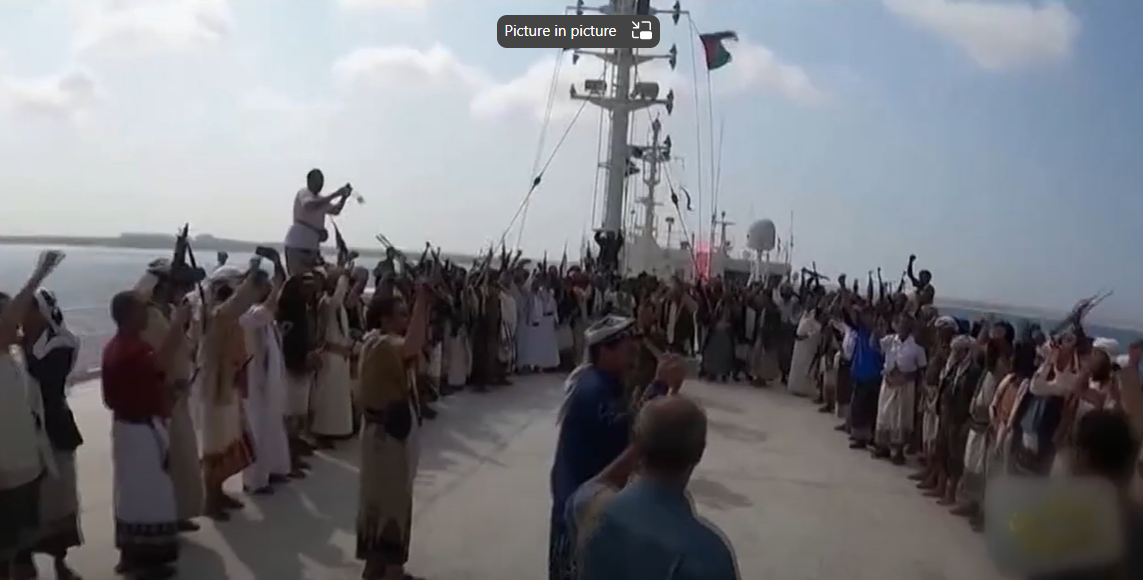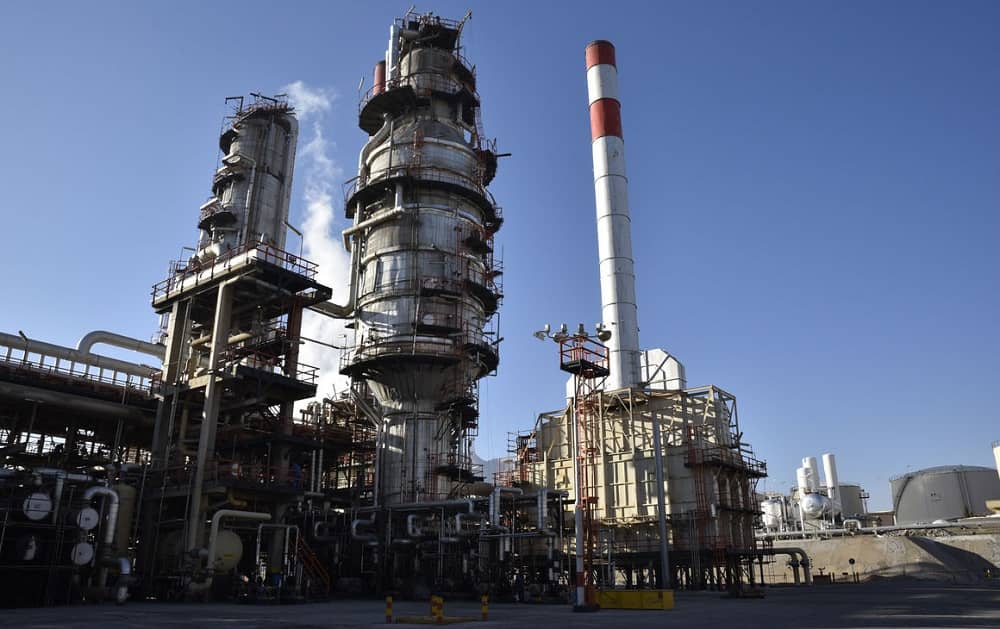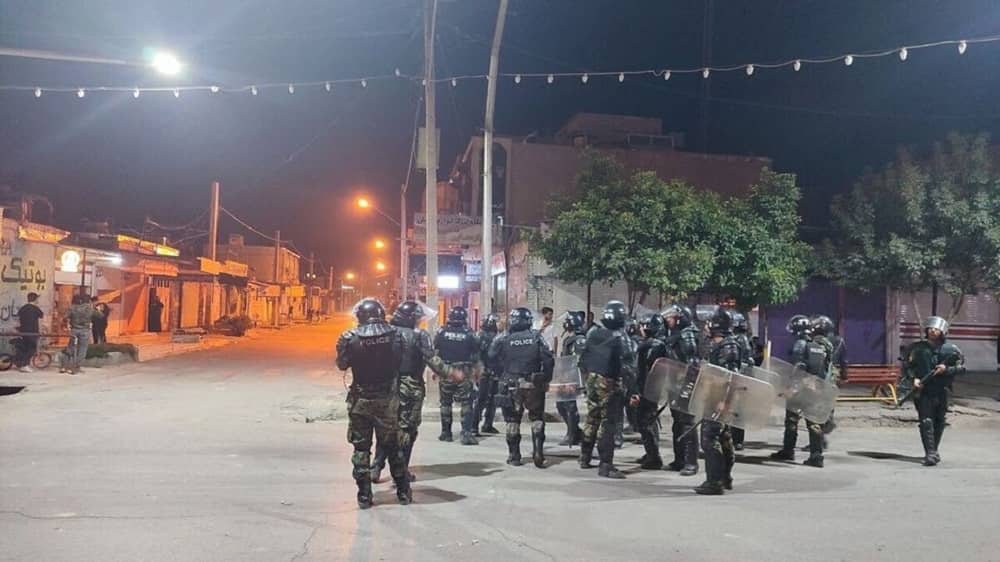
Amidst the disconcerting headlines dominating global news, the world’s focus sharpens on the escalating tensions in the Middle East, particularly the unfolding tragedy in Gaza. Initially met with hesitation, the international community is gradually acknowledging the core source of these crises: Tehran. The discussions spotlight the Iranian regime’s involvement, both direct and indirect, in stoking regional unrest. This recognition sheds light on Tehran’s motivations for its aggressive posturing.
Following the October 7th attack, Iran’s ruling theocracy, emboldened by years of Western appeasement, openly boasted about its pivotal role in the conflict. The regime’s Revolutionary Guards’ top commanders proudly acknowledged their training and funding of the so-called “Axis of the Resistance.” Their supported militias have launched numerous attacks against US forces in the region, while Iran-backed Houthi insurgents in the Red Sea have disrupted international maritime activities.

Iran’s Supreme Leader, Ali Khamenei, facing internal unrest and the looming threat of regime collapse, resorted to a familiar tactic of religious fascism: exporting crises abroad. By escalating conflicts, Khamenei aims to suppress dissent within Iran, highlighted by the increased executions of political prisoners from the country’s 2022 uprising.
Economic interests also play a critical role in Tehran’s agenda. The fluctuation in Brent oil prices, which surged following attacks on Israel, illustrates Iran’s economic leverage. Such volatility benefits Tehran, enabling it to finance its aggressive foreign policy. In 2023, Iran’s oil exports, a significant portion of which are destined for China, could translate to substantial revenue, despite being sold at a discount due to sanctions.

Yet, the Iranian regime’s allocation of funds reveals a stark contrast between its aggressive foreign policy and the domestic challenges faced by ordinary Iranians. Reports indicate a significant portion of Iran’s oil revenue supports its proxies and the enrichment of the IRGC and Khamenei, leaving the nation grappling with poverty and inflation.
The international community’s growing awareness of Tehran’s destabilizing actions underscores the need for a firm response. Supporting the Iranian people’s aspirations for regime change, implementing comprehensive sanctions.

By confronting Tehran’s aggression and targeting its financial lifelines, the international community can mitigate the IRGC’s destabilizing impact, paving the way for a more secure future in the Middle East.

MEK Iran (follow us on Twitter and Facebook), Maryam Rajavi’s on her site, Twitter & Facebook, NCRI (Twitter & Facebook), and People’s Mojahedin Organization of Iran – MEK IRAN – YouTu







